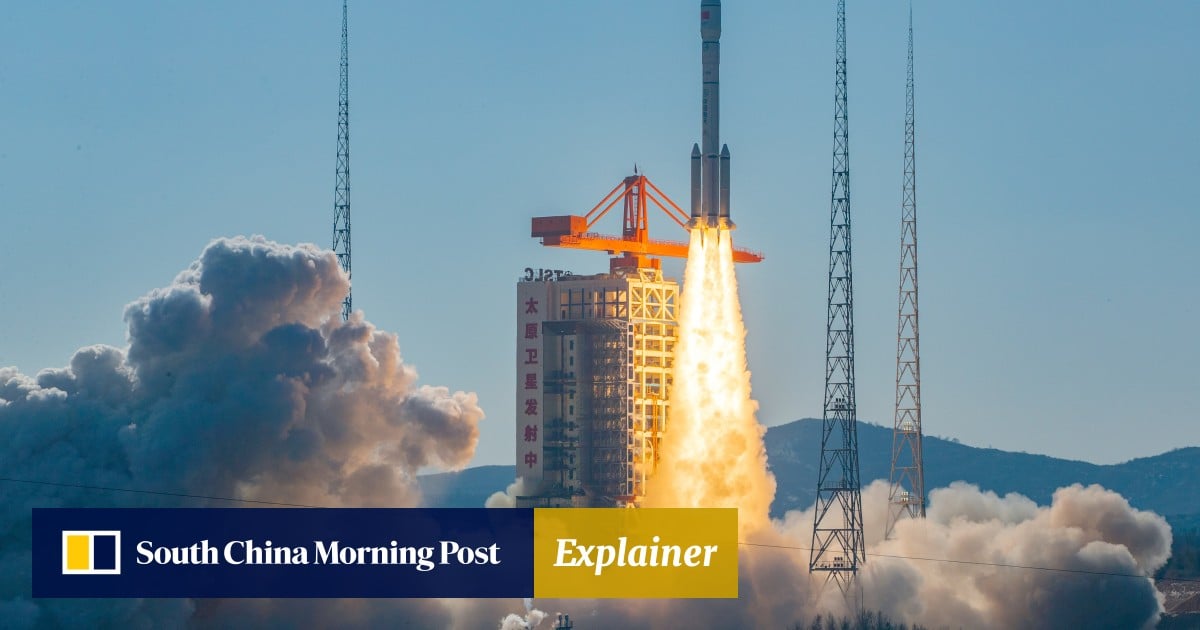For over the last one and a half years, analysts at the Information Technology and Innovation Foundation (ITIF), a think tank based in Washington, have been investigating the innovation capabilities of 44 Chinese firms.
They examined these companies across several critical high-value technology sectors such as semiconductors, electric vehicles, quantum computing, nuclear power, and material science. Many people in the US and Europe may not like what the ITIF team found at the end of their investigation.
In their shocking report recently presented during a Capitol Hill event, ITIF claims that in the next 10 years, China is likely to overtake the US and Europe in most of the key technologies mentioned above.
“Overall, we find that, for the most part, while Chinese firms and industries are not as innovative as the global leaders in Western nations, they are catching up, in many cases at an extremely rapid pace—and the scale of their efforts is massive,” the report stated.
China is no longer a copycat
For a long time, China has been considered a copycat in innovation and there is a good reason for this. Numerous Chinese companies reverse-engineer foreign products and package them as low-cost versions of the original.
On the other side, the US has been a country known for its innovation capabilities, and this is why it was never worried about the rise of China as a manufacturing hub.
“As long as the United States (and allies) can innovate at a robust enough rate, they can likely maintain the lead on advanced technologies, even if China quickly copies foreign innovations,” the ITIF team notes.
However, in recent years, a lot has changed. China became the second-largest economy, and the Chinese government and companies heavily invested in research and development of high-value technologies.
All of this has resulted in China’s rising dominance in several key areas. For instance, the number of nuclear reactors China developed in the last 10 years is more than what the US deployed in the last 30 years.
Additionally, It intends to build over 100 new nuclear reactors by 2035. “China today likely stands 10 to 15 years ahead of the United States in its ability to deploy fourth-generation nuclear reactors at scale.
The Chinese are more focused on innovation than ever
The credit for China’s ongoing transformation from being a copycat to an innovator goes to its science policy.
Under the policy, the government prioritized STEM education, established world-class research institutes and industrial tech parks, provided funding, subsidies, and tax incentives for science research, and encouraged public-private partnerships.
“China’s science policy has propelled the nation to world-class levels in a very short time period, moving the nation’s profile from rapid imitation to levels challenging nations with a longer history of world-leading science,” the ITIF report stated. These initiatives brought exponential growth in the country’s overall research output.
For instance, “In 2012, about 330,000 articles were published in China, and just 75 percent of the over 430,000 articles were published in the United States that same year. However, by 2016, China had surpassed the United States,” publishing over 900,000 research papers.
Although some of China’s published papers often raise doubts about the quality of research, the ITIF analysis suggests that overall the volume and quality of their scientific output is increasing.
This is also evident from the high number of quality patents China is receiving. In 2020, China ranked third after the US and Japan, in patents granted by the United States Patents and Trademark Office (USPTO).
Where does China stand today?
China is now challenging the US supremacy in the development and adoption of various high-value technologies. For instance, when it comes to EVs, China has the maximum share (77 percent) in EV battery production.
Plus, it’s the biggest manufacturer and seller of electric vehicles. Last year Tesla’s Chinese rival BYD sold three million cars, nearly twice that of Tesla’s global sales.
When it comes to legacy chips that power devices ranging from refrigerators to heart-rate monitors and defense equipment, China is already a leader, and it will “add more chipmaking capacity than the rest of the world combined in 2024.”
The country will produce 1 million more wafers a month than it did in 2023, according to the ITIF. However, the country is still lagging in quality semiconductor production.
As far as quantum research is concerned, “China dominates in quantum communications, lags behind in quantum computing, and roughly matches the United States in quantum sensing,” the ITIF team notes.
Overall “China leads or is on par with global leaders in commercial nuclear power and electric vehicles and batteries. It lags behind for now in other key sectors, including robotics, biopharmaceuticals, chemicals, and AI. But it is making rapid progress,” the ITIF team added.
The US can’t afford to lose in innovation
Out of the 10 high-value technologies the researchers examined, Chinese firms are near, at par, or ahead of their Western counterparts in six. These results are solid proof that despite what the world thinks, China has made significant progress in increasing its innovation capabilities.
However, the rise of China in the above-mentioned key fields is an alarming signal for the US. This is because the country already controls global manufacturing to a large extent. It knows very well how to produce things at scale, and that too at prices the US could never match.
If “China can develop new-to-the-world innovations ahead of, or at nearly the same time as, the United States and allied nations, its potential to displace U.S. (and allied) technology-based companies and capabilities becomes much more likely,” the ITIF team said.
Moreover, China’s dominance in areas such as quantum computing, battery and chip production, and nuclear power could also result in an unprecedented increase in its military power and geopolitical influence.
ITIF suggests that the US can continue to be ahead in key technologies but it has to introduce some big policy-level changes.
For example, “America should create five industrial research institutes, a “competitiveness DARPA,” and an industrial development bank; triple the research and experimentation tax credit; and institute a seven-year, 25 percent credit for capital equipment,” the ITIF team notes.
Hopefully, American politicians and policymakers will consider making such changes and take speedy action to boost the innovation ecosystem of the country.
You can read the detailed ITIF report here.


